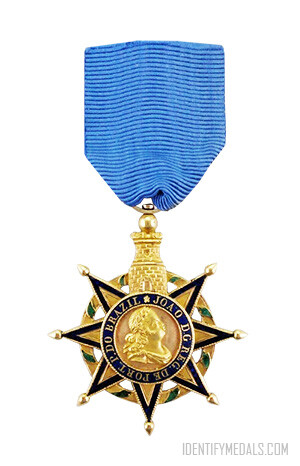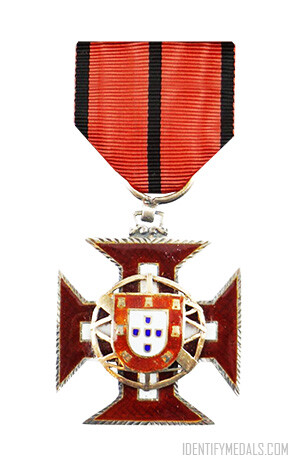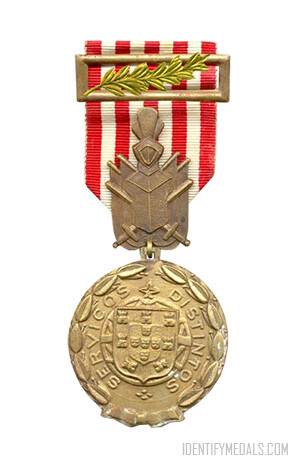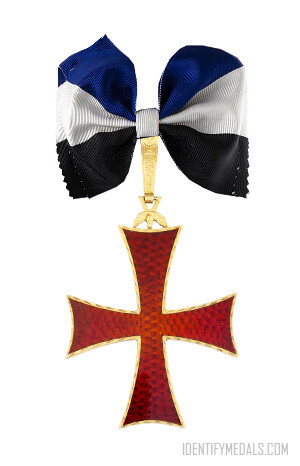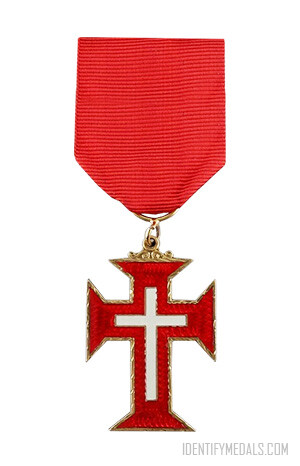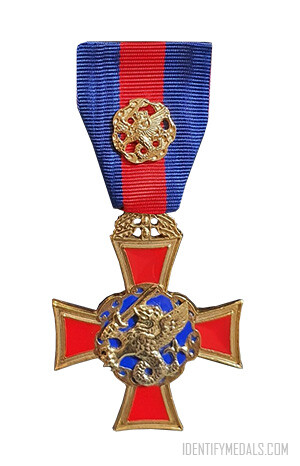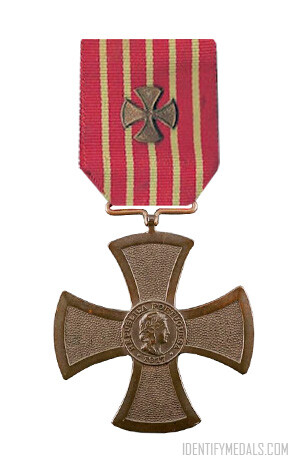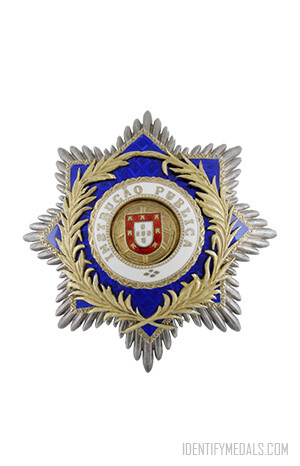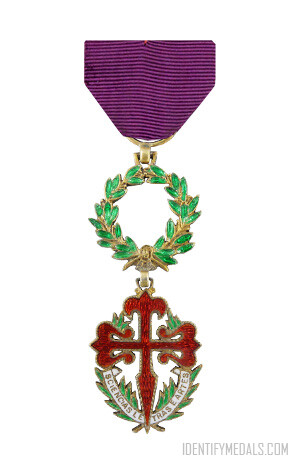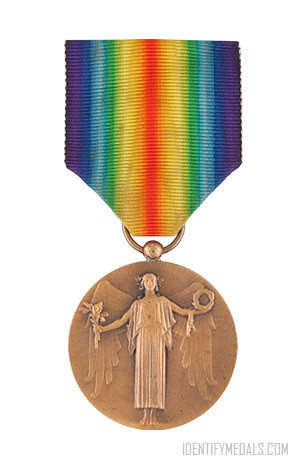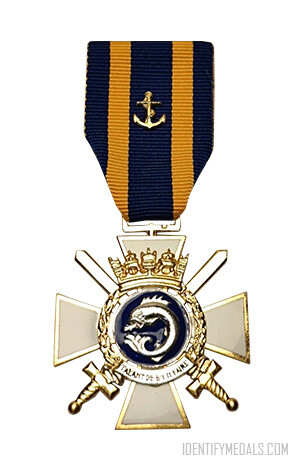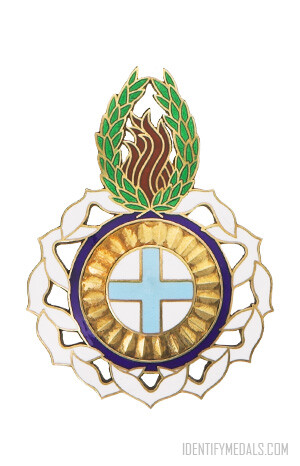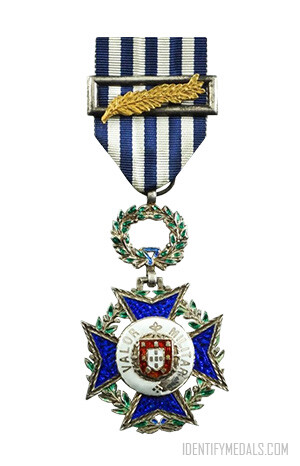The Ancient and Most Noble Military Order of the Tower and Sword, of Valor, Loyalty, and Merit, originally established by King Afonso V in 1459 as the Order of the Sword, is the highest honor in the Portuguese honors system.
Initially created to reward those who participated in military conquests in Africa, the order fell into disuse after the conquest of Tangiers and Asilah. It was revived in 1808 by Prince Regent John, later John VI, to commemorate the royal family’s safe arrival in Brazil after Napoleon’s invasion of Portugal, and was renamed the Royal Order of the Tower and Sword. It was available to both Portuguese and foreigners for military, political, or civilian achievements.
The Order of the Tower and Sword's History
In 1832, Peter, Duke of Braganza, reformed the order, giving it its current name. The order saw further modifications, including the addition of the Grand Officer class in 1896 and the retention of the order after the 1910 abolition of other military orders following the establishment of the republic. The President of Portugal became the order’s Grand Master and a member of the Grand Cross. The Grand Collar, added in 1939, was initially for heads of state with notable military deeds but later restricted to former Portuguese presidents, with few exceptions.
The 1986 Organic Law of the Honorary Orders and the 2011 Law of Honorary Orders maintained the exclusivity of the Grand Collar for former Portuguese presidents while also allowing it to be awarded to foreign heads of state and individuals of exceptional achievements.
The Order of the Tower and Sword's Grades
The Order of the Tower and Sword, as currently awarded by the Portuguese government, is divided into six classes:
 Grand Collar (GColTE): Wears the badge of the Order on a special collar (chain) and the gold star of the Order on the left chest.
Grand Collar (GColTE): Wears the badge of the Order on a special collar (chain) and the gold star of the Order on the left chest. Grand Cross (GCTE): Wears the badge of the Order on a collar (chain) or on a sash over the right shoulder, and the gold star of the Order on the left chest.
Grand Cross (GCTE): Wears the badge of the Order on a collar (chain) or on a sash over the right shoulder, and the gold star of the Order on the left chest. Grand Officer (GOTE): Wears the badge of the Order on a necklet and the gold star of the Order on the left chest.
Grand Officer (GOTE): Wears the badge of the Order on a necklet and the gold star of the Order on the left chest. Commander (ComTE): Wears the silver star of the Order on the left chest.
Commander (ComTE): Wears the silver star of the Order on the left chest. Officer (OTE): Wears the badge of the Order on a ribbon with a rosette on the left chest.
Officer (OTE): Wears the badge of the Order on a ribbon with a rosette on the left chest. Knight or Dame (CavTE) / Dame (DamTE): Wears the badge of the Order on a plain ribbon on the left chest.
Knight or Dame (CavTE) / Dame (DamTE): Wears the badge of the Order on a plain ribbon on the left chest.
The Order of the Tower and Sword Design
The badge of the Order features a five-pointed gilt star with white enamel and one point directed downward. It includes a wreath of green enamel oak leaves between the star’s points and is topped by a gilt tower.
The obverse central disc displays a sword encircled by oak leaves on a white enamel background, surrounded by a blue enamel ring inscribed with the motto “Valor Lealdade e Mérito” (Valour, Loyalty, and Merit).
The reverse central disc shows the Portuguese coat of arms, encircled by a blue enamel ring with the inscription “República Portuguesa” (Portuguese Republic).
The star of the Order is a five-pointed faceted star, gilt for the Grand Collar, Grand Cross, and Grand Officer, and silver for Commander. It features the front design of the badge (without the oak leaf wreath) superimposed on it. The ribbon of the Order is blue, and the fourragère is solid blue.

